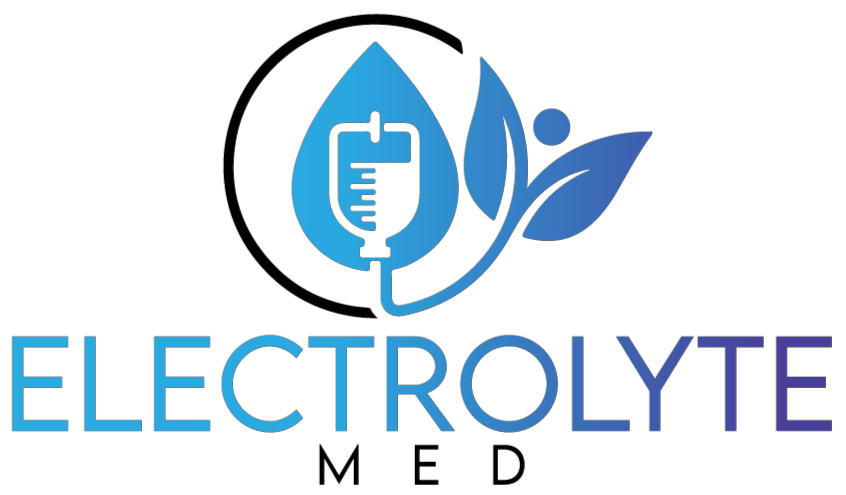Intravenous therapy (IV) has gained popularity in recent years as a convenient method for delivering essential fluids, vitamins, and nutrients directly into the bloodstream. With a variety of potential benefits and a few Disadvantages, Intravenous therapy (IV) has become a go-to solution for hydration, recovery, and wellness. Below, we delve into the pros and cons of IV therapy to help you make an informed decision.
What Is IV Therapy?
IV therapy involves the administration of fluids, vitamins, minerals, or medications directly into the vein. This delivery method allows for faster absorption and immediate benefits compared to oral intake. IV treatment is commonly used in hospitals but is now widely available in wellness clinics, making it accessible for non-medical purposes such as energy boosts, hydration, or detoxification.
Benefits of IV Therapy

Benefits of IV therapy
- Rapid HydrationIV therapy replenishes fluids faster than drinking water, making it an effective solution for dehydration caused by illness, excessive exercise, or a hangover.
- Enhanced Nutrient Absorption
Oral supplements often lose potency due to digestion. With IV treatment, nutrients bypass the digestive system, ensuring maximum absorption for optimal benefits. - Boosted Energy Levels
Vitamin-packed IV drips, such as B-complex and Vitamin C, can combat fatigue, improve focus, and support overall energy. - Improved Recovery
Athletes and active individuals use IV treatment to speed up muscle recovery and reduce soreness after intense workouts. - Customized Treatments
Clinics can tailor IV therapy to specific needs, such as immunity boosts, detoxification, or skin health. This versatility makes it a popular choice for personalized wellness solutions. - Hangover Relief
IV therapy helps flush out toxins, restore lost electrolytes, and relieve headaches, nausea, and fatigue associated with hangovers. - Immune System Support
Drips containing antioxidants and vitamins strengthen the immune system, helping prevent illnesses or aiding in faster recovery from colds and flu.
Disadvantages of IV Therapy

Disadvantages of IV therapy
- Cost
IV treatment can be expensive, with prices ranging from $100 to $300 per session, depending on the treatment. - Risk of Infection
Since IV therapy involves needle insertion, there’s a small risk of infection or complications if not administered under sterile conditions. - Short-Term Effects
The benefits of IV therapy may not be long-lasting and typically require multiple sessions to maintain results. - Not Suitable for Everyone
People with certain medical conditions, such as kidney or heart problems, may not be good candidates for IV treatment. - Potential Side Effects
Some individuals may experience mild side effects like bruising, vein inflammation, or allergic reactions to the components of the drip.
When Should You Consider IV Therapy?

When Should You Consider IV Therapy?
IV therapy is ideal for those seeking:
- Quick hydration after intense physical activity or dehydration.
- An immune boost during cold or flu seasons.
- Recovery from jet lag or hangovers.
- Support for energy and overall wellness.
It’s crucial to consult a qualified professional before undergoing IV treatment to ensure it’s safe and effective for your needs.
Final Thoughts
IV therapy offers a range of benefits, from rapid hydration to nutrient absorption and energy boosts. However, it’s essential to weigh these advantages against potential disadvantages such as cost and medical risks. If you’re considering IV treatment, ensure you choose a reputable provider like ElectrolyteMed for a safe and customized experience.
To learn more about IV’s therapy and how it can support your health goals, contact us at ElectrolyteMed today!
Read More about Iv therapy:



